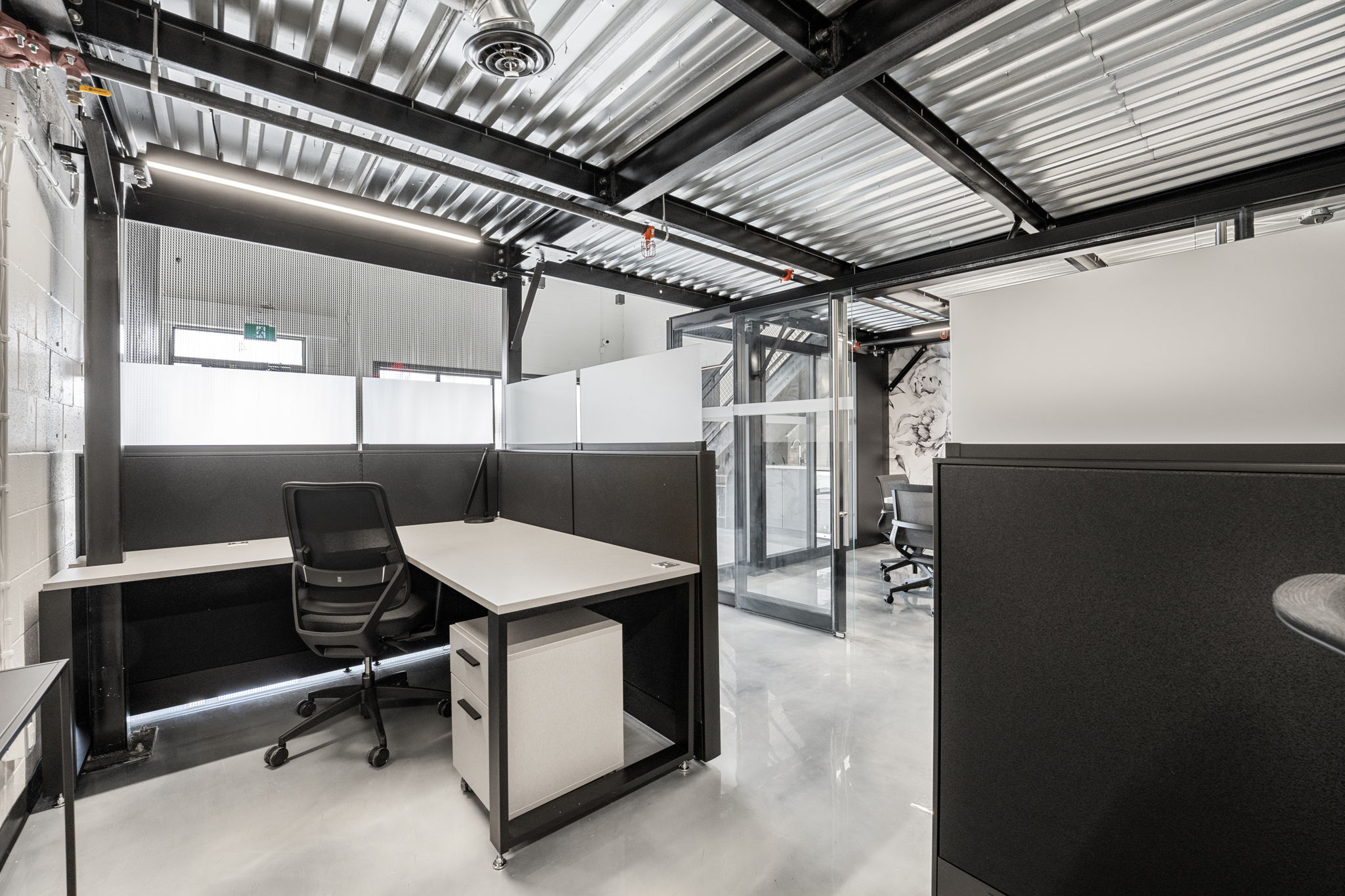Congratulations! Your business has tripled in size over the past two years. What started as a team of eight now includes twenty five employees, and you just signed a contract that will bring in ten more by the end of the quarter. However, the problem sits right in front of you every morning when you walk into the office. There is nowhere to put the new people. The meeting rooms are packed. The break room feels like a crowded subway car during rush hour. Your office furniture design choices from three years ago now seem like mistakes. Everything needs to change, and you need to make it happen fast.
Research shows that businesses with poor expansion planning spend 40% more on office renovations and experience twice as many operational disruptions during growth phases. Smart expansion planning, however, transforms these challenges into competitive advantages. The key lies in understanding how corporate interior design principles can create spaces that grow with your business while maintaining efficiency and employee satisfaction.
The Foundation of Expandable Office Design
Successful expansion planning begins with corporate interior design strategies that prioritize flexibility from day one. The traditional approach of designing for current needs and hoping for the best creates costly problems when growth happens. Modern office design requires thinking beyond immediate requirements to consider how spaces will evolve over three to five year periods.
The foundation starts with infrastructure planning. When you source office furniture that uses modular systems, future expansions become simple additions rather than complete overhauls. This approach reduces renovation costs by up to 60% compared to traditional fixed installations. Professional teams who understand corporate interior design can identify which building systems support expansion and which create limitations.
Flexible infrastructure includes power distribution systems that can expand easily, HVAC systems designed for variable loads, and data networks that accommodate growth without major reconstruction. When you google search “interior designers near me”, look for people who understand these technical requirements, they create plans that make expansion seamless rather than disruptive.
Commercial interior design that supports expansion also considers traffic flow patterns and how they change with increased staff. Professional teams analyze how people move through spaces during different growth phases and design circulation patterns that remain efficient regardless of occupancy levels.
The Strategic Advantages of Professional Interior Design Teams
Working with experienced professionals who specialize in corporate interior design provides multiple advantages for expansion planning. These teams understand how different growth patterns affect space requirements and can create designs that accommodate various expansion scenarios.
Professional office interior design teams prevent the expensive mistakes that happen when businesses try to handle expansion planning internally. They understand building codes, permit requirements, and structural limitations that affect expansion possibilities. This knowledge prevents costly discoveries during construction that delay projects and inflate budgets.
When you work with qualified interior designers around Canada, they bring relationships with suppliers and contractors that streamline expansion projects. These professional networks can source office furniture quickly, coordinate installations efficiently, and handle the logistics that make expansion projects successful.
The cost efficiency benefits become clear when comparing professional versus amateur planning approaches. Professional corporate interior design teams complete expansion projects 30% faster and typically stay within budget, while businesses that handle planning internally experience average cost overruns of 45% and timeline extensions of eight weeks.
Commercial interior design professionals also understand how to maintain business operations during expansion construction. They create phased implementation plans that minimize disruption and keep teams productive throughout renovation periods. This operational continuity often saves more money than the professional design fees cost.
Modular Furniture Systems and Flexible Office Layouts
Modern office design relies heavily on modular systems that support expansion without complete replacement. When you source office furniture through modular platforms, each piece can adapt to changing requirements and integrate with new additions seamlessly.
Modular office furniture design provides the flexibility that growing businesses need. Research indicates that companies using modular systems complete office expansions 50% faster than those using traditional furniture. The ability to reconfigure, expand, and relocate pieces without starting over makes modular approaches highly cost effective for growing organizations.
The key lies in selecting office furniture design solutions that offer genuine expandability. Quality modular systems allow businesses to add workstations, reconfigure meeting spaces, and create new collaborative areas without disrupting existing installations. When office interior designers understand these capabilities, they can design expansion phases that build on existing investments.
Storage solutions represent another critical area where modular approaches pay dividends. Modern office design includes storage systems that expand vertically and horizontally as teams grow. When you source office furniture from suppliers who offer coordinated expansion components, maintaining consistent aesthetics becomes simple even as spaces evolve.
The financial benefits of modular corporate interior design become substantial over time. Businesses that plan for expansion using modular systems spend 40% less on furniture over five year periods compared to those using traditional approaches. The ability to reuse and expand existing pieces rather than replacing everything creates significant cost savings.
Workspace Utilization and Growth Projections
Smart expansion planning requires understanding how workspace utilization changes as businesses grow. Recent data shows that global office utilization rates have stabilized at 40%, but growing companies often experience higher utilization as they optimize space for expanding teams.
Professional commercial interior design teams use utilization data to project space requirements accurately. They analyze peak usage patterns, meeting room demands, and collaborative space needs to create expansion plans that accommodate growth without overbuilding.
When office interior designers understand utilization trends, they can recommend the optimal mix of individual workstations, collaborative areas, and support spaces for different growth phases. This analysis prevents the common mistake of expanding in ways that create new bottlenecks or underutilized areas.
The planning process includes analyzing how different business functions affect space requirements. Sales teams need different arrangements than engineering groups, and customer service departments have unique requirements that affect office furniture design choices. Professional teams create expansion plans that accommodate these functional differences.
Modern office design also considers how technology changes affect space requirements. The integration of video conferencing, collaborative software, and mobile devices changes how teams use physical spaces. When you source office furniture that accommodates these technology trends, expansion projects support rather than hinder operational efficiency.
Cost Management and Return on Investment
The financial aspects of expansion planning require careful analysis of both immediate costs and long term value. Statistics Canada reports that specialized design services industry revenues grew by 8.2% in 2023, reflecting increased demand for professional planning that delivers measurable returns.
Corporate interior design investments that support expansion typically pay for themselves within eighteen months through reduced renovation costs and improved operational efficiency. When businesses work with qualified commercial interior designers, they avoid the expensive mistakes that inflate expansion budgets and extend timelines.
The cost benefits extend beyond immediate construction savings. Well planned expansions improve employee productivity, reduce turnover, and enhance recruitment capabilities. Research shows that companies with thoughtfully designed expansion strategies experience 25% lower employee turnover during growth phases.
Commercial interior design that prioritizes expansion planning also protects property values. Flexible spaces that can adapt to different business needs maintain higher market values and provide more options when leasing or selling decisions arise.
When you source office furniture through expansion focused procurement strategies, the long term cost advantages become substantial. Quality modular systems maintain their value and functionality through multiple expansion cycles, while traditional approaches require complete replacement with each growth phase.
Frequently Asked Questions (FAQ):
How far in advance should businesses start planning for office expansion?
Successful expansion planning should begin at least six to twelve months before anticipated growth. This timeline allows corporate interior design teams to analyze current utilization, project future needs, and source office furniture through proper procurement channels. When you work with office interior designers early in the planning process, they can identify infrastructure requirements and coordinate with building management for any necessary approvals. Early planning also provides time to implement modular office furniture design solutions that make actual expansion faster and less disruptive when growth occurs.
What percentage of office space should remain flexible for future expansion?
Industry best practices suggest maintaining 15% to 25% flexible capacity in modern office design plans. This flexibility can take the form of convertible spaces, modular furniture arrangements, or areas designed for easy reconfiguration. Professional commercial interior design teams calculate this ratio based on business growth projections and industry expansion patterns. When you source office furniture using modular systems, this flexibility becomes easier to maintain because pieces can be reconfigured or expanded without complete replacement.
How do modular furniture systems reduce expansion costs compared to traditional approaches?
Modular office furniture design reduces expansion costs through several mechanisms. First, existing pieces can be reconfigured and integrated with new additions, eliminating replacement costs. Second, installation becomes faster because systems are designed for easy assembly and modification. Third, consistent aesthetics are maintained without custom matching requirements. Research shows that businesses using modular approaches spend 40% less on furniture during expansion projects. When office interior designers specify coordinated modular systems from the beginning, these cost advantages compound over multiple growth phases, making corporate interior design investments more cost effective long term.
Key Takeaways:
- Corporate interior design that prioritizes flexibility reduces expansion costs by up to 60% compared to traditional fixed installations
- Professional interior designers prevent costly mistakes and complete expansion projects 30% faster than internal planning approaches
- Modular office furniture design systems allow businesses to expand without replacing existing pieces, creating 40% lower furniture costs over five years
- Commercial interior design teams use utilization data to optimize space allocation and prevent overbuilding or bottlenecks
- When you source office furniture through modular platforms, expansion becomes addition rather than replacement, maintaining aesthetic consistency
- Modern office design must accommodate technology integration and changing work patterns to support long term growth
- Professional expansion planning improves employee productivity and reduces turnover by 25% during growth phases
- Quality expansion planning protects property values and provides flexibility for future business changes
- Businesses that invest in professional corporate interior design see returns within eighteen months through operational efficiencies
- Flexible infrastructure planning allows HVAC, electrical, and data systems to expand easily without major reconstruction
The most successful growing businesses recognize that office interior design represents an investment in operational capability rather than simply aesthetic improvement. When expansion planning integrates professional commercial interior design expertise with modular furniture systems and flexible infrastructure, companies create competitive advantages that support sustained growth. The key lies in thinking strategically about how spaces will evolve and making design decisions that facilitate rather than hinder future expansion. Professional partnerships with experienced interior designers provide the expertise and resources necessary to create expansion ready environments that adapt to changing business needs while maintaining efficiency and employee satisfaction throughout the growth process.

